Just when you think Japan has more than enough adorable mascots and characters, one has stolen the spotlight. Bird watching is a popular pastime in Japan as diligent conservation efforts and the archipelago’s natural diversity has led to an abundance of both endemic species and a fair share of seasonal migratory birds. But, a single flighty friend has transcended popularity in the birding community to reach widespread adoration: meet the shima-enaga.
Trending on social media sites in recent years, the very cute, white and fluffy shima-enaga — found only in Hokkaido — has become so loved that big box stores, like Nitori and Can Do, have dedicated lineups of merchandise featuring it. Beloved by avid bird watchers and conservationists, shima-enaga have taken the country by storm and many fans of this bird, from netizens to elementary students, are traveling to their native habitat in Hokkaido to see them live.
What is a shima-enaga?
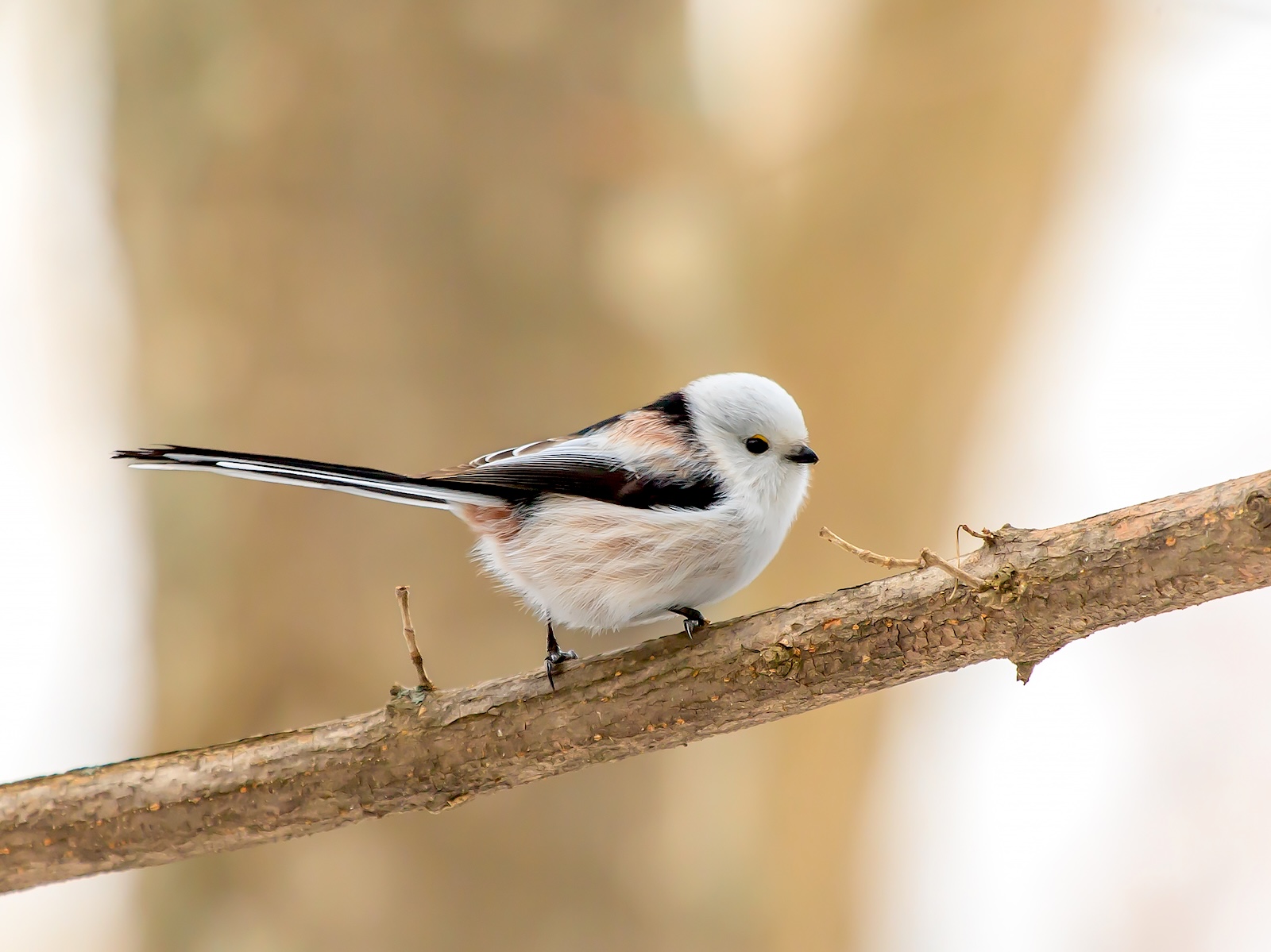
n Japan, shima-enaga can only be found living in Hokkaido. Image: Gin Tonic/Wikimedia Commons CC 1.0
The Shima-enaga, often called Japan’s “snow fairy,” is a subspecies of long-tailed tit, similar to the titmice and chickadee birds that largely inhabit Eurasian and North American continents. Although other members from the long-tailed tit family live throughout Japan, the fluffy white shima-enaga exclusively resides in Hokkaido.
From its beak to the tip of the tail, a shima-enaga measures about 12-16 centimeters in length. While most of its body is white, it also sports small, black eyes with a touch of pink surrounding, as well as shades of grey and brown along the wings and tail. These birds tend to nest and search for food around maple and deciduous trees.
The so-called snow fairy’s cuteness factor stems from its petite-size and roundness which is emphasized when it fluffs up its feathers to stay warm during the cold Hokkaido winter. Compared to other birds of the same species, shima-enaga are also unique for their white heads and faces which make them appear like snowballs when viewed head on.
Why is there a shima-enaga boom?
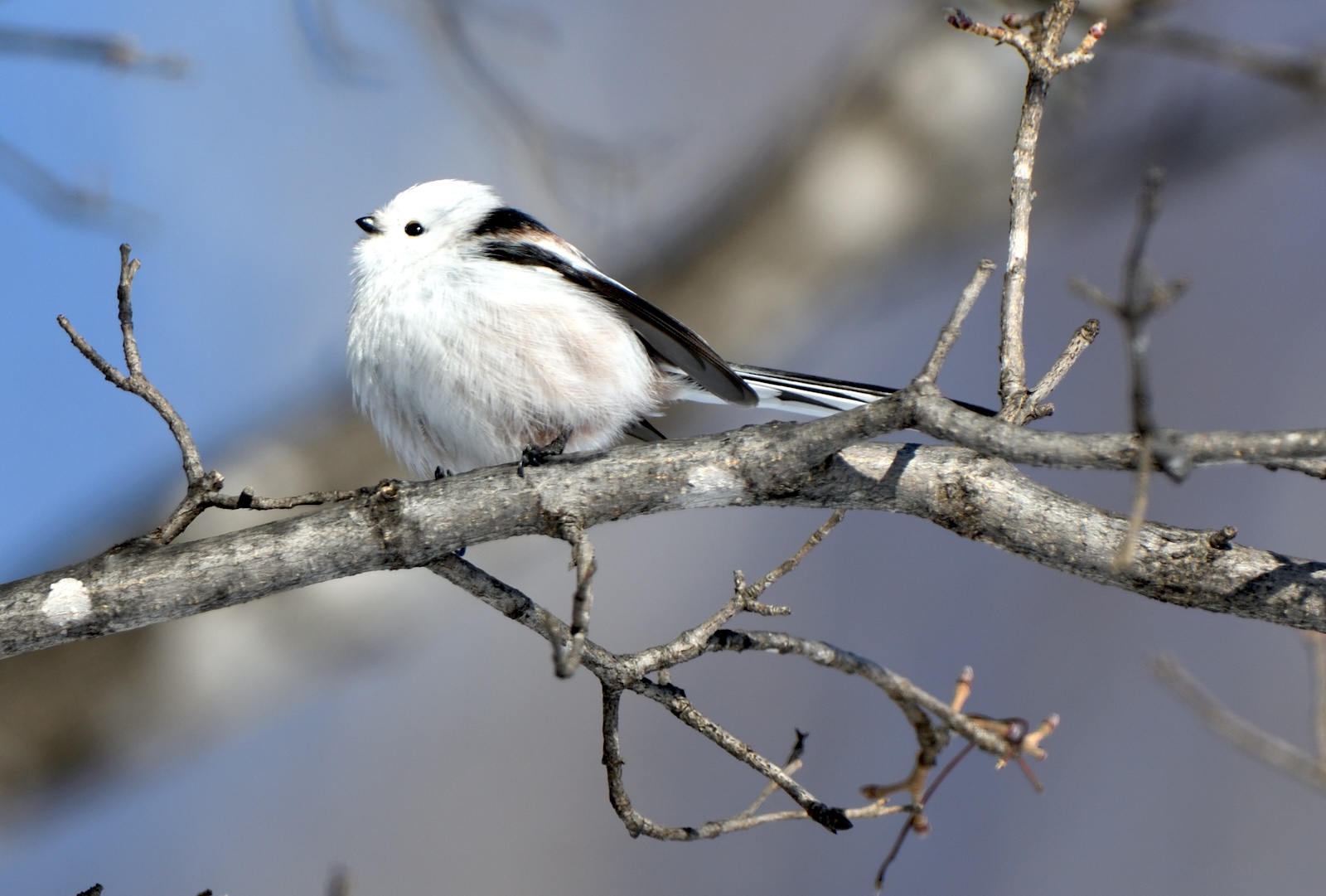
Amateur and professional nature photographers flock to Hokkaido in the winter to capture the elusive shima-enaga. Image: Satoru S/iStock
Both the shima-enaga boom and the azarashi no akachan (white fluffy seal pup) craze in Japanese pop culture which preceded it can be traced back to the same nature photographer, Rei Ohara. Although he sadly passed away in 2021, Ohara was instrumental in taking photographs of “cute” creatures, mostly in Hokkaido. His beautiful nature photography has been published in print since the 1990s and recently captured the attention of social media users. Ohara hoped to peak people’s interest in Japan’s forests and their inhabitants through his pictures that maximize cuteness. Ideally, these new friends of nature would become allies of the conservation movement.
While Ohara originally photographed seals, they were increasingly harder to find due to the consequences of climate change. A photographer friend suggested shifting to shima-enaga because their adorable faces are akin to those of baby seals. The rest was history, and through Ohara’s engaging photos and YouTube videos, the bird’s popularity began to spread.
Where to see shima-enaga in Hokkaido
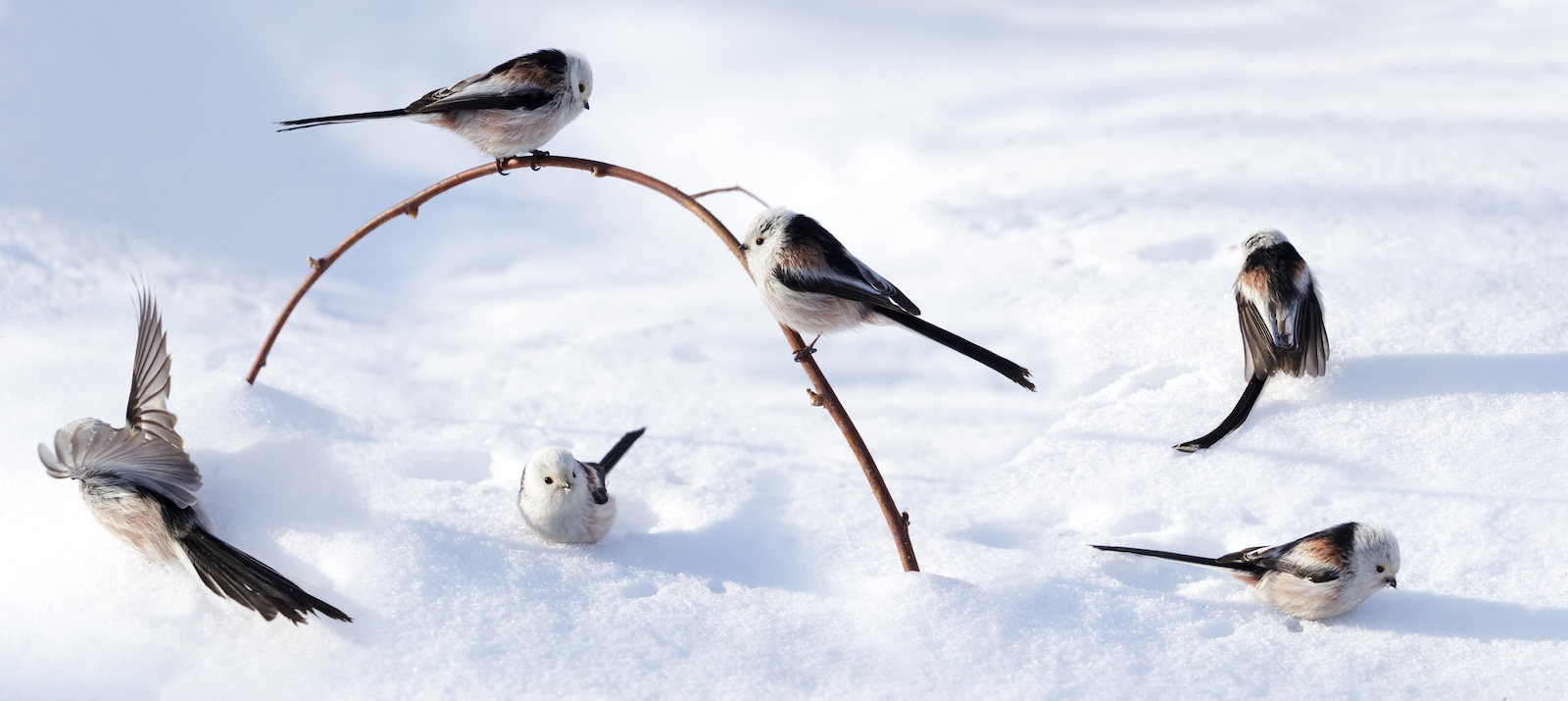
hima-enaga are social birds. Image: nitric/iStock
For those who can’t get enough of shima-enaga devoted social media pages on X, it might be time to visit them in person. If you’re looking to see them in their natural habitat, venture to the great outdoors of Hokkaido during winter, especially January and February.
When the temperature is at its lowest, shima-enaga are at their peak fluffiness flitting about and resting on branches dusted with powdery snow. To survive Hokkaido’s brutally cold winters, these birds roost and huddle together in groups, which make for even better photos.
Shima-enaga are also visible during other times of the year, but they usually will have a sleeker appearance and more noticeable black marks on their feathers during the warmer months. It’s also harder to spot these small birds when they are camouflaged in the foliage.
Of course, you have to travel to Hokkaido to see them, but here are a few locations where you can observe them in nature and hopefully snap a memorable shot.
Obihiro Shrine
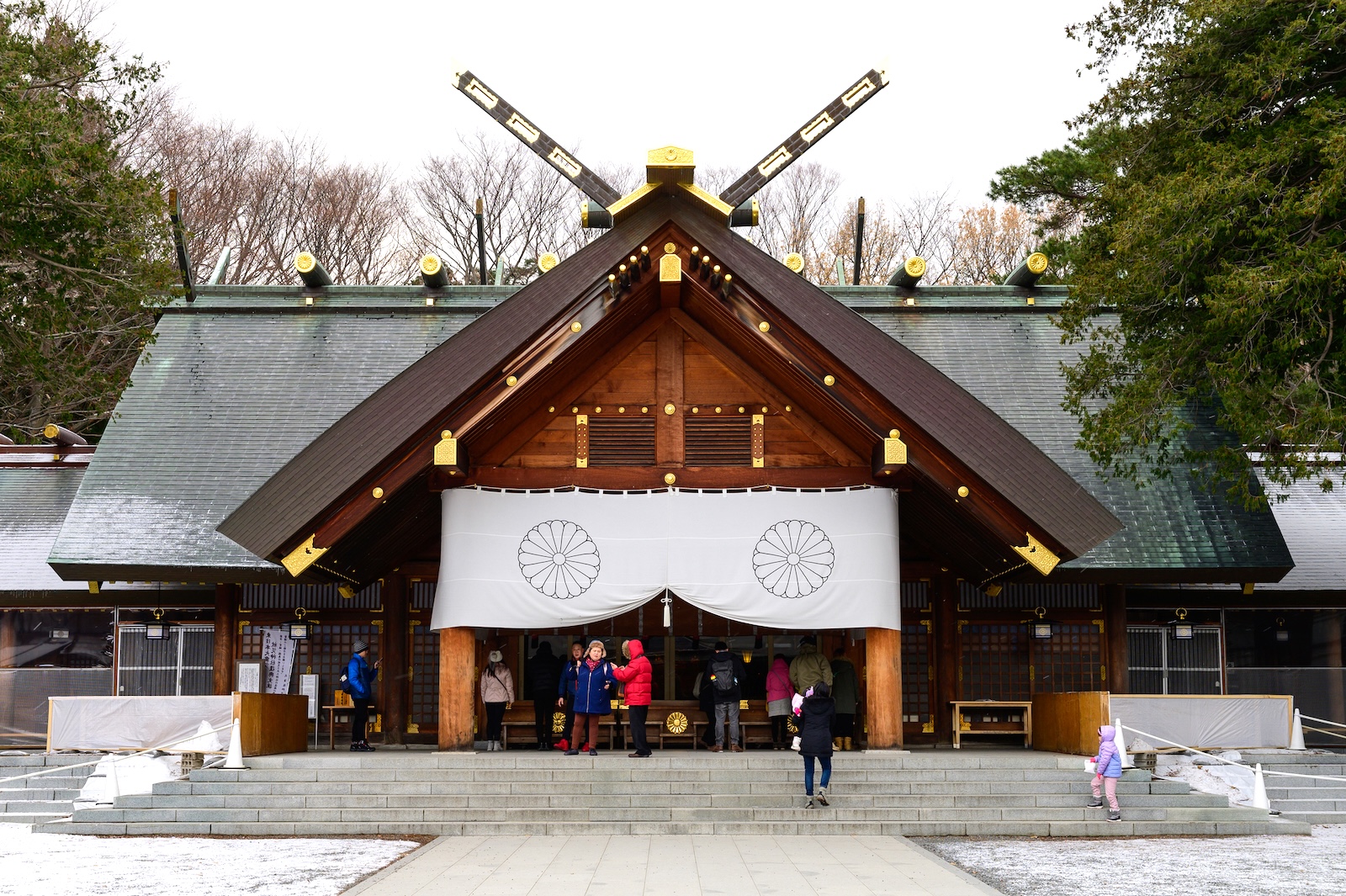
Known as a place to wish for good luck in romance and business, Obihiro Shrine has also embraced the shima-enaga that call its precincts home. Image: BroStock/iStock
Constructed over 100 years ago, Obihiro Shrine is surrounded by nature and wildlife. While you’re here to enjoy the shima-enaga fluttering around, be sure to pick up omikuji (fortunes) and get a goshuin (shrine stamp) as keepsakes.
Address: 2-1 Higashi 3 Jominami, Obihiro (map)
Nearest station: JR Ohibiro
Maruyama Park
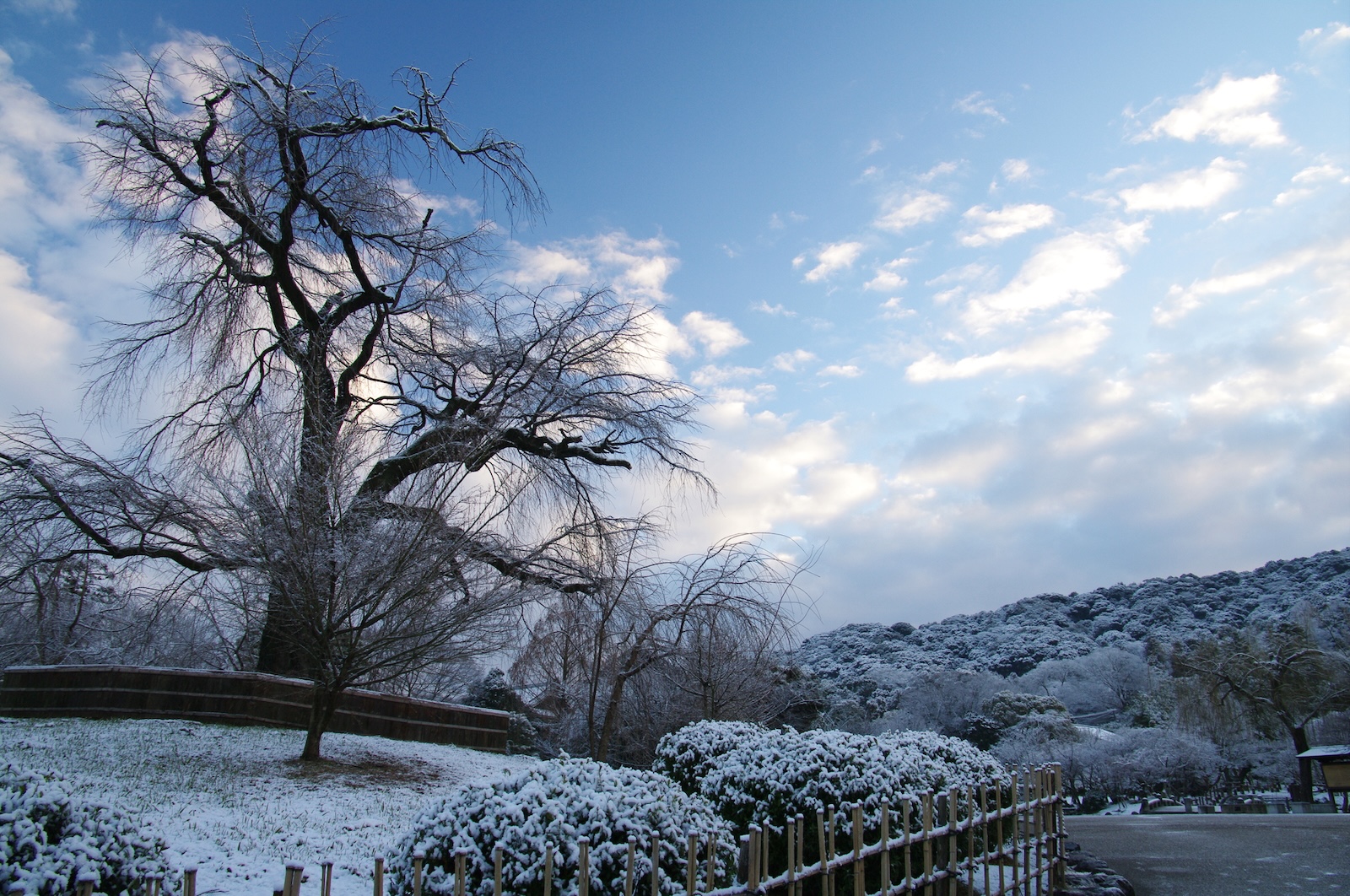
Early morning at Maruyama is the best time to spot a shima-enaga. Image: Kei/Pixta
Within reach of central Sapporo, Maruyama Park boasts over 100 species of birds, including the sometimes elusive shima-enaga. Head out in the early morning and keep your eyes peeled as you walk between the Park Center and Open Field.
Address: 3 Miyagaoka, Chuo Ward, Sapporo (map)
Nearest station: Maruyama-koen (Sapporo Municipal Subway Tozai Line)
Fee: Free
Shiretoko National Park

Shiretoko National Park is also famous for its drift ice. Image: mantaphoto/iStock
Situated on the Shiretoko Peninsula in Hokkaido’s northeast corner and covering over 38,000 hectares, there’s plenty of wooded areas to search for shima-enaga. Because of its remote location, renting a car is ideal to to reach this far-flung location.
Shiretoko National Park Nature Center Address: Iwaubetsu 531, Shari Town, Shari County (map)
Nearest station: JR Shiretoko Shari, but it is 40 kilometers away from the park
Fee: Free
Where to find shima-enaga goods
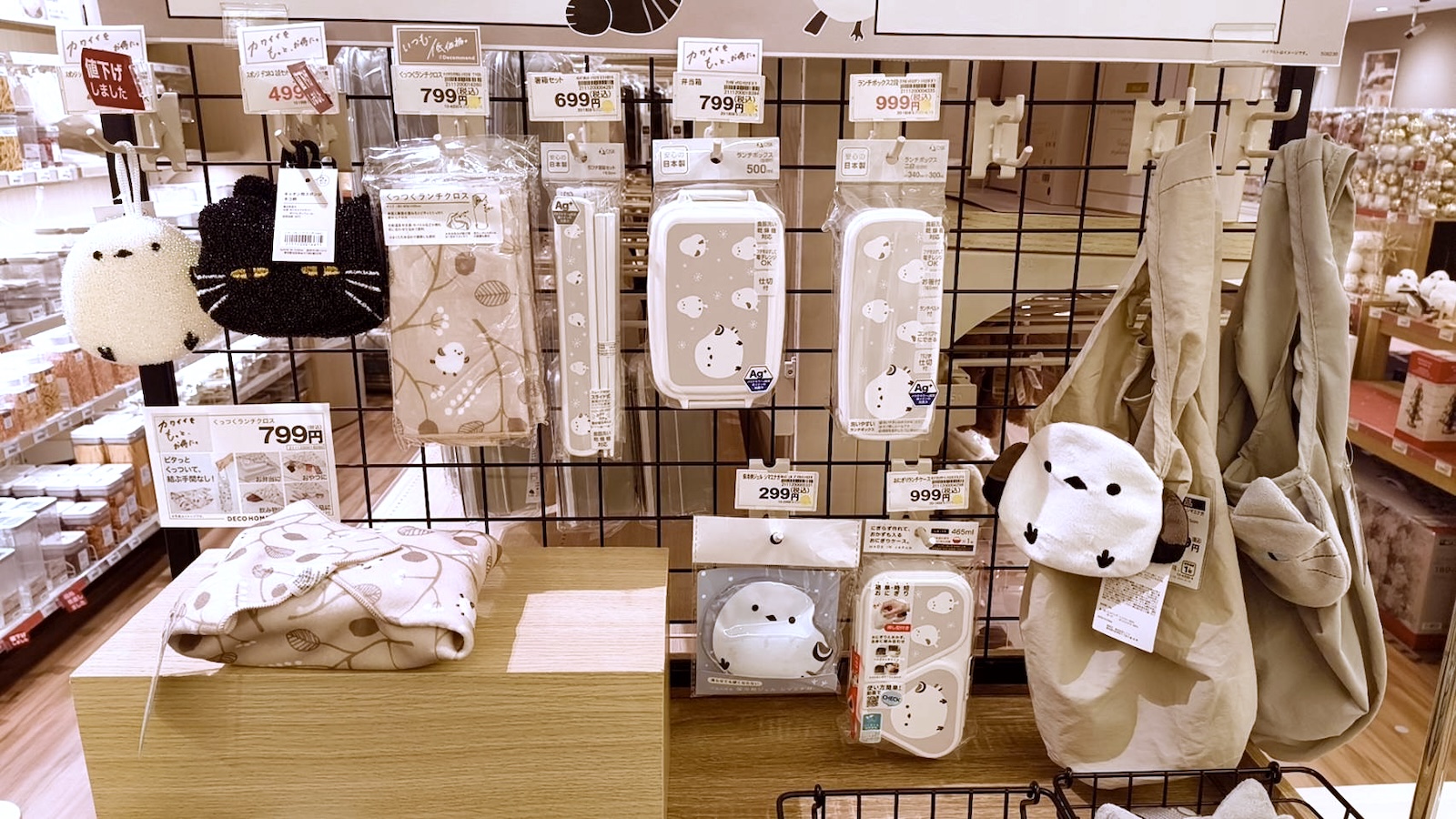
A display at Nitori Deco Home showcases their lineup of shima-enaga goods. Image: Elizabeth Sok
Thanks to their trendy status, you can find all types of shima-enaga-themed goods, from plushies and stationery to home decor and clothing in stores right now. Most home goods shops, like Nitori, Tokyu Hands and Loft, as well as ¥100 shops, including Seria, Daiso and Can Do, have a variety of items featuring the bird.
Nitori Deco Home
Nitori’s Deco Home stores, which sell a range of interior goods, are currently running a shima-enaga collection that includes slippers, bedding, kitchenware and more.
Don Quijote
Known famously for its eclectic selection of merchandise and rather hectic store layouts, Don Quijote (better known as Donki) is selling a collaborative collection of shima-enaga hoodies and parkas.
Shimamura
Budget-friendly clothing and fashion retailer Shimamura is featuring a variety of shima-enaga print items from women’s pajamas to socks, as well as socks for kids.
Can Do
One of Japan’s ubiquitous 100-yen stores with locations across the country, Can Do has a wide selection of shima-enaga merchandise available at reasonable prices.
Whether taking a winter stroll through Maruyama Park, window shopping at your local mall or scrolling through social media, there’s a decent chance you’ll come across a shima-enaga. Even if you’re not a nature lover, it’s hard not to see the appeal of these fluffy white birds.
© Japan Today

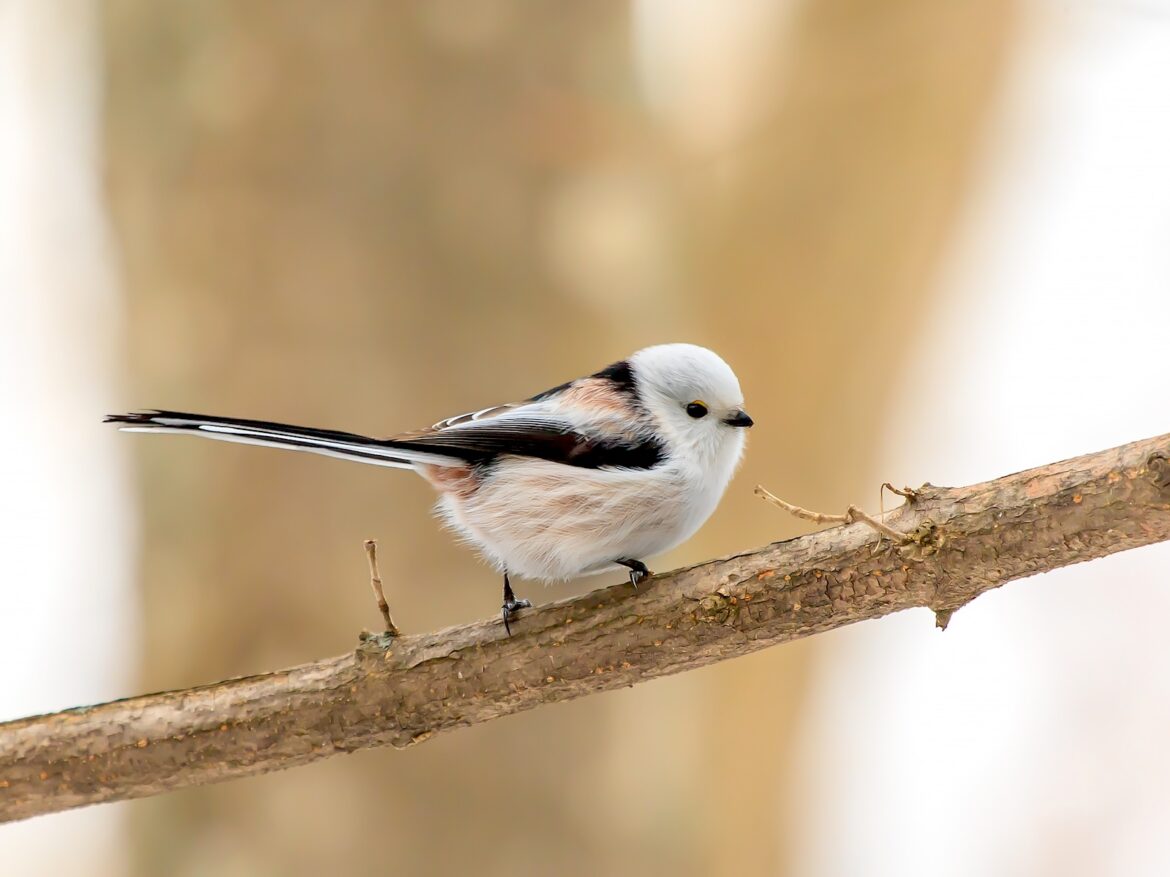
AloJapan.com